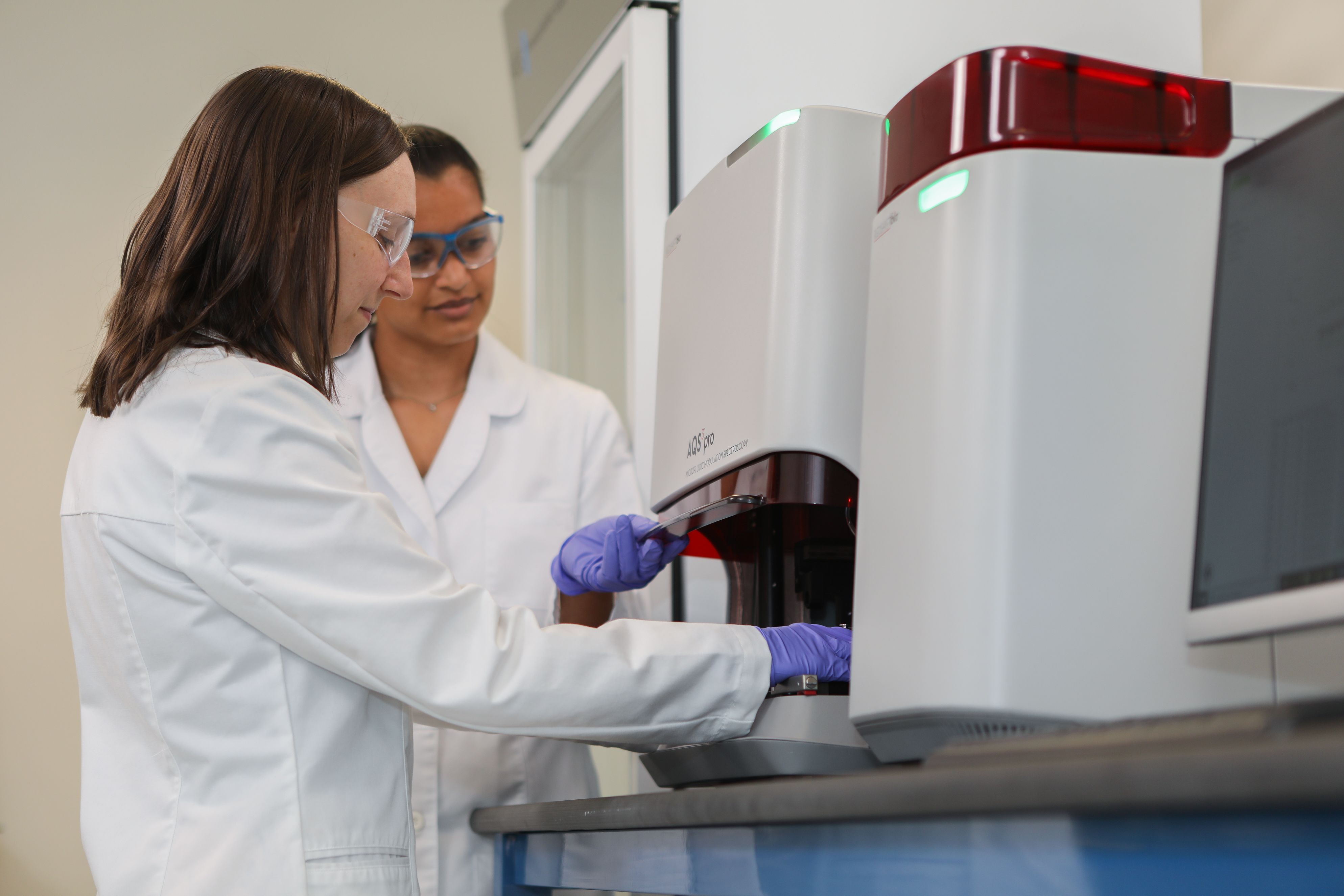
Exploring Novel Vaccine Characterization Methodologies
Webinar Length: 1 hour

In this webinar you will learn:
The nature and composition of a vaccine makes them inherently difficult to characterize. The active ingredient such as a toxoid or protein subunit is often in very low concentration. The adjuvant, such as alum, can often be in quite high concentration relative to the biologic, and its particle size can range from nanometers, to microns. Adding preservatives and antibiotics to the mix, the result is a material with such diverse properties that many typical analytical tools struggle to measure the formulated product.
In this webinar we will discuss some typical workflows used to characterize the properties of vaccines, looking at properties such as particle size, surface charge, aggregation and protein secondary structure. In this discussion we will highlight the strengths of Microfluidic Modulation Spectroscopy, a novel method to examine protein secondary structure in complex systems such as vaccines.
Following this, two practical applications of MMS will be presented, The first example examines the aggregation properties of a vaccine system in comparison to existing dye based techniques. The second will introduce the use of MMS to characterize a biosimilar product, used as a linker in vaccine products.
Merck: “Identification of Intermolecular Beta-Sheet Aggregation Using Microfluidic Modulation Spectroscopy”
Fina Biosolutions: “Microfluidic Modulation Spectroscopy for Protein Characterization: A Case Study with EcoCRM®, CRM197 Carrier Protein”